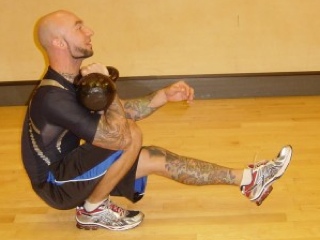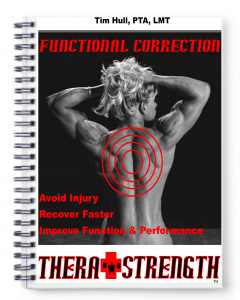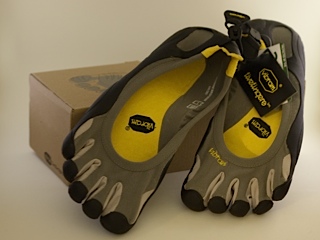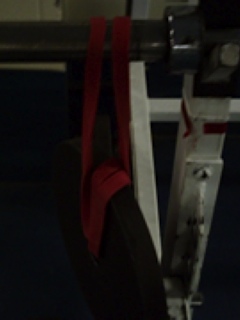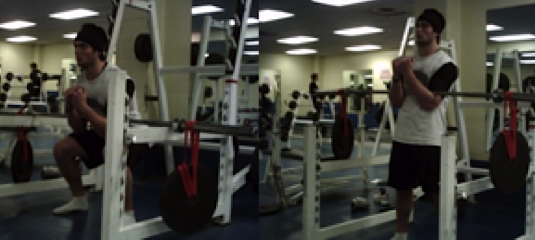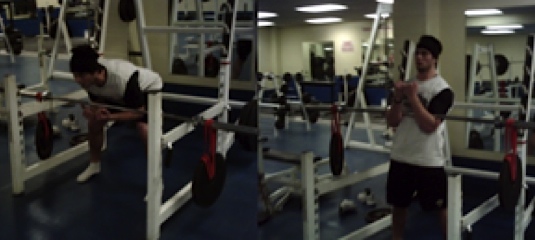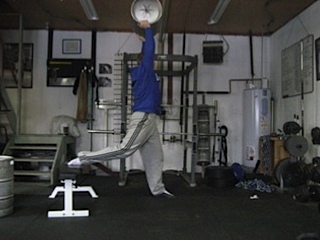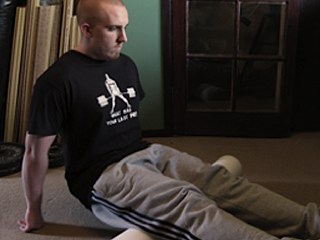Interesting device.
Follow Me is a small sensor-laden device which sits on your upper back, keeping an eye on your posture. A curved spine will immediately result in a notification being sent to your phone.
Additionally, the device keeps track of your daily step count; and has an hourly stand reminder (many smartwatch owners will already be intimately familiar with both of these). It'll be interesting to see if they add more of these fitness-centric features over time.
For now, a little video :




 I recently visited the chiropractor's office because I had lower back pain, which I thought was brought on from sitting in my office chair 8 hours a day. Well, after the chiropractor analysed what was wrong she noticed my hips were slightly misaligned, she said it could be due to a tight muscle, which was probably in my legs, boy was she right!
I recently visited the chiropractor's office because I had lower back pain, which I thought was brought on from sitting in my office chair 8 hours a day. Well, after the chiropractor analysed what was wrong she noticed my hips were slightly misaligned, she said it could be due to a tight muscle, which was probably in my legs, boy was she right!
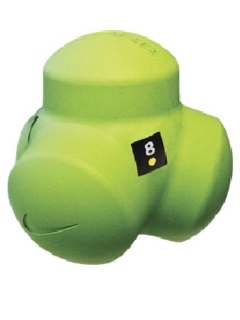
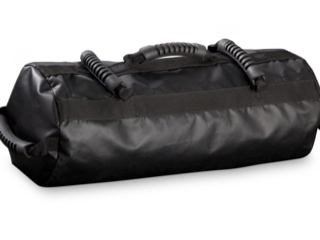
 The athlete starts in a flexed position with the knees, and hips bent. The bell is swung back through the legs, loading the hamstrings.
The athlete starts in a flexed position with the knees, and hips bent. The bell is swung back through the legs, loading the hamstrings. The momentum of the bell is reversed with controlled violence and then extension begins throughout the body. The hips and knees extend to give momentum to the bell. The spine is lengthened.
The momentum of the bell is reversed with controlled violence and then extension begins throughout the body. The hips and knees extend to give momentum to the bell. The spine is lengthened.  And finally, the arm punches itself into a straight, extended position.
And finally, the arm punches itself into a straight, extended position. The lifter starts out in a crouching position, grasping the bar as it sits on the floor.
The lifter starts out in a crouching position, grasping the bar as it sits on the floor.  From there, the lifter pulls the weight up along the body, extending the knees and the hips.
From there, the lifter pulls the weight up along the body, extending the knees and the hips.  Once the bar is pulled to its highest point, the lifter further extends himself, pulling the shoulders back into a position of pride.
Once the bar is pulled to its highest point, the lifter further extends himself, pulling the shoulders back into a position of pride. 